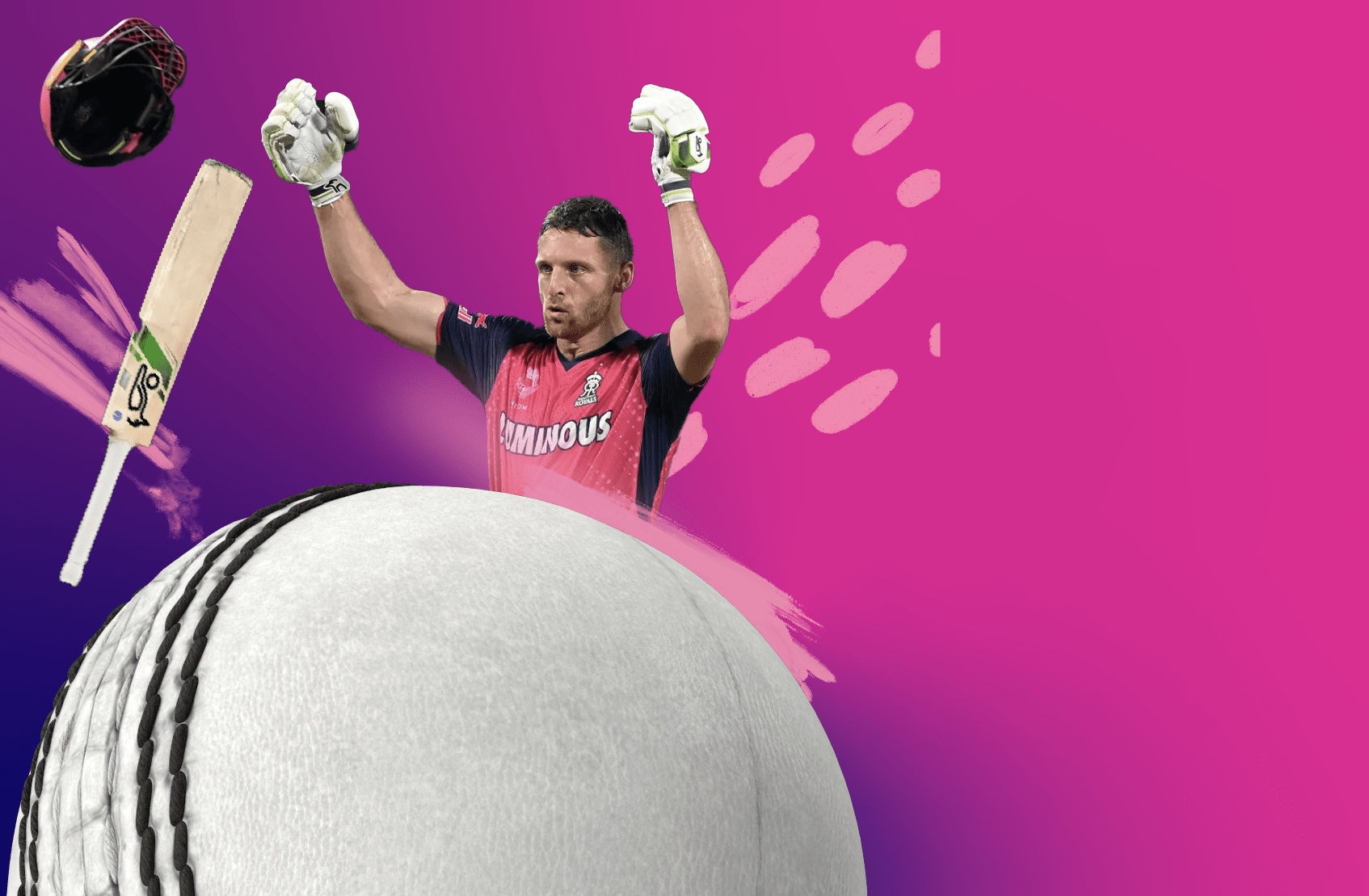- Stump Talk
- Australia, ICC WTC 2023, India, India Vs Australia, India Vs Australia ICC WTC Final 2023, Test Cricket, Test Match, Tests, World Test Championship
- 2 Comments
- 611 Views
After winning the toss, the Indians expected more, only to be walled by the Smith and Head.
Day 1 – India chose to bowl first, at the end of the day Australia are 327/3
In the WTC final at The Oval, Travis Head and Steven Smith had a remarkable performance with the bat for Australia on day one. Despite challenging batting conditions, they took control of the game and put Australia in a favourable position. Starting at 76 for 3, they managed to guide their team to a commanding total of 327 for 3 by stumps.
Travis Head, in particular, had an outstanding innings, scoring his first century outside of Australia. He converted his century into a substantial score of 146 not out off 156 balls, including 22 fours and a six. This century by Head is significant as it is the first-ever century scored in a World Test Championship (WTC) final.
On the other hand, Steven Smith fell just five runs short of his 31st Test century overall, which would have further strengthened Australia’s position in the match.
The selection decision made by the Indian team to opt for a fourth fast bowler instead of including spinner R Ashwin became a significant talking point. This strategy worked for them against England in 2021. The decision was likely influenced by the presence of 6mm grass cover on the pitch and the overcast conditions in the morning. However, the Indian pace bowlers, namely Umesh Yadav and Shardul Thakur, couldn’t maintain the desired control expected from the third and fourth pacers in a four-man pace attack. Together, they bowled 32 overs, conceding 129 runs and taking only one wicket.
Overall, the performances of Travis Head and Steven Smith put Australia in a strong position on day one of the WTC finals, while India’s decision to go with a four-man pace attack yielded different results.




Mohammed Shami and Mohammed Siraj maintained their usual effectiveness with the new ball after India chose to put Australia into bat. In the opening hour, they conceded 29 runs in 12 overs and dismissed Usman Khawaja for a duck. The 21 false responses created by the Indian bowlers hinted at the possibility of more wickets soon.
However, the subsequent bowlers, Umesh Yadav and Shardul Thakur, allowed the Australian batters to score relatively easy runs at various intervals. Umesh started his spell by offering a half-volley to David Warner, who promptly dispatched it for four boundaries on the off side. Just before lunch, Thakur caught Warner with a short ball down the leg, providing India with a stroke of luck.
After the break, India turned to their most likely wicket-taking bowlers, Mohammed Siraj and Mohammed Shami. Shami’s first ball was a superb delivery that uprooted Marnus Labuschagne’s off stump. This gave India a glimmer of hope that they could sustain such periods of accuracy.
However, Travis Head had been demoted from his usual position at No. 5 and had different plans. Shami had a left-handed batsman in his sights, and with the ball still seaming, he initially troubled Head. Yet, Head soon asserted his attacking approach, taking advantage of a slightly wide and short delivery to smash it for four. His aggressive strokeplay through the offside unsettled the Indian team, forcing them to search for solutions. They even adjusted the field by moving a slip to accommodate a sweeper on the offside. Still, Head quickly capitalized on anything bowled too straight, with Siraj conceding two boundaries.
Meanwhile, Steven Smith needed help adapting to the pitch’s uneven bounce and sideways movement. However, he chose a different approach from Head, persisting with his defensive game while Head continued to counterattack. Although Head appeared to be in better form, he offered false responses more frequently than Smith, as indicated by Smith’s higher control percentage of 90 compared to Head’s 69. These differences in approach showcased their respective roles, with Smith focusing on building innings while Head opted for counterattacking strokes.
Smith’s task became more manageable when Shardul Thakur, the ambitious bowler who often delivered complete and straight, erred in length too frequently. Smith took advantage of this and scored 16 runs in an over. Despite the ball offering some assistance to the fast bowlers, it was noteworthy that India turned to Ravindra Jadeja before bringing Umesh Yadav into the attack during the middle session. This decision reflected India’s limited options at that point.













Heading into tea, Australia reached 170 for 3, with Travis Head on 60 off 75 balls and Steven Smith on 33 off 102 deliveries. India began the final session with Umesh Yadav and Ravindra Jadeja, the least threatening bowlers at that moment, which indicated the difficult position they found themselves in.
Eventually, Mohammed Shami returned to the attack, and India began testing Head with short-pitched deliveries, albeit a bit late. Head accepted the challenge and aggressively went after the short balls. Although he edged a couple of hooks from outside off stump, he also attempted ramps. Although only partially comfortable against short-pitched bowling, Head scored runs consistently. Meanwhile, Umesh Yadav struggled against Smith from the other end.
India’s slow overrate compounded their woes, making the two-and-a-half-hour final session feel even longer. Head scored 32 runs off the first 18 balls he faced in the session. Siraj and Shami employed a fine leg-side field, aiming.




